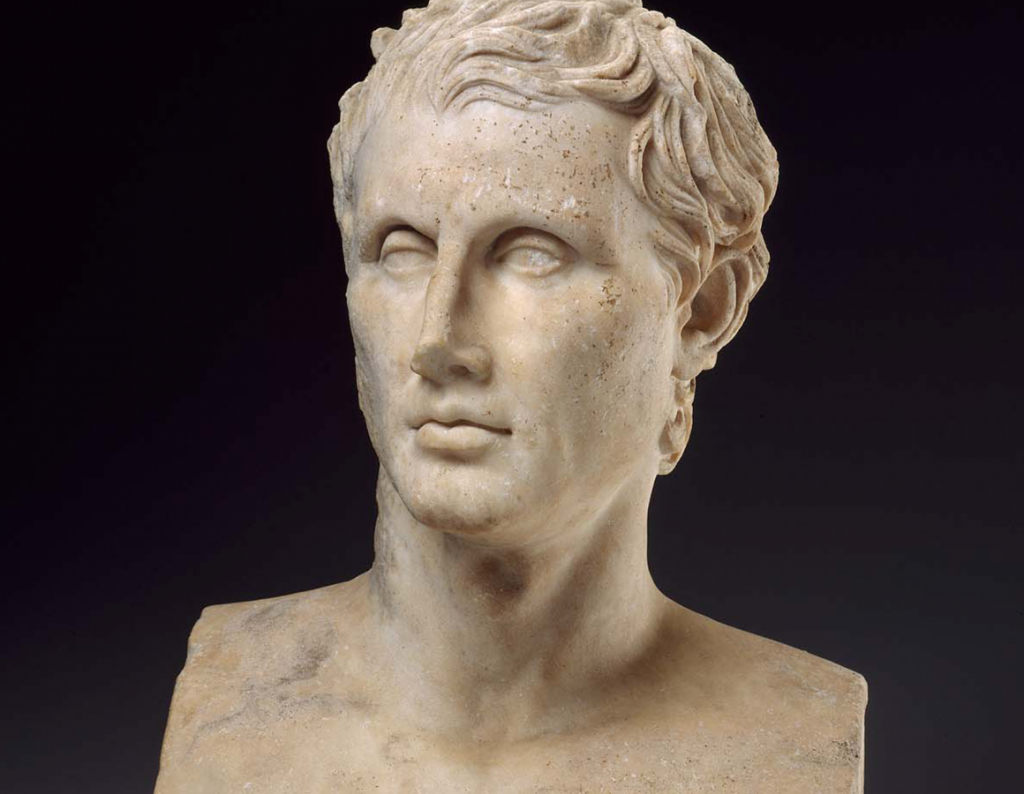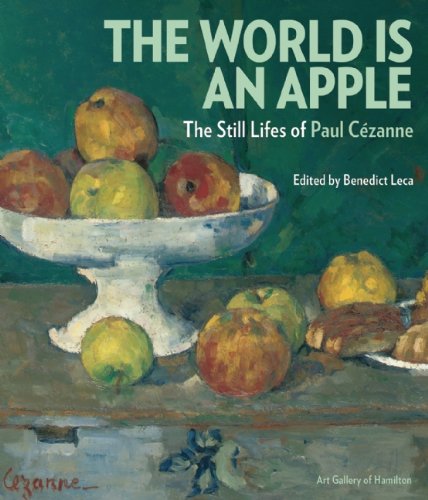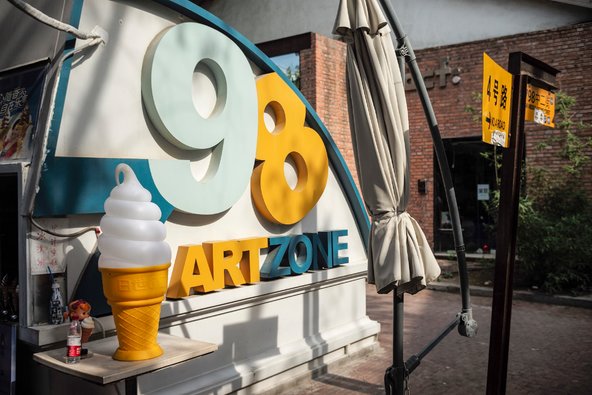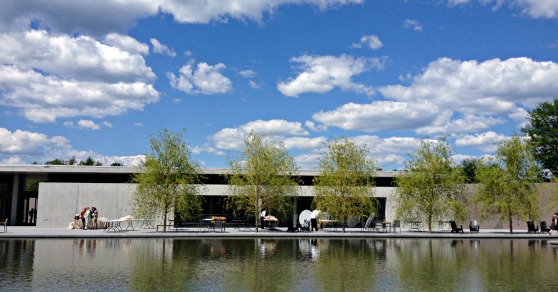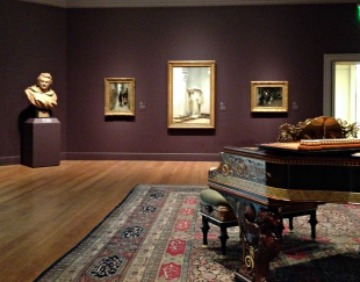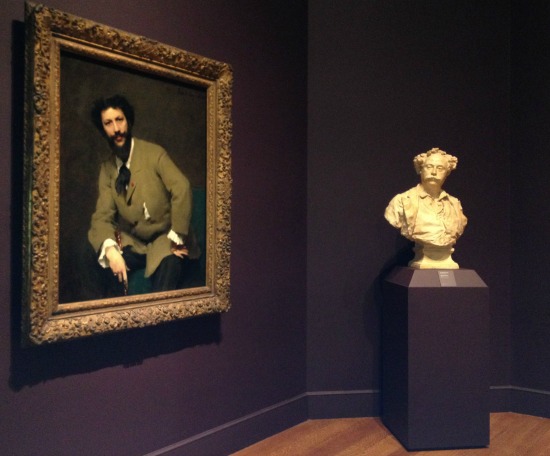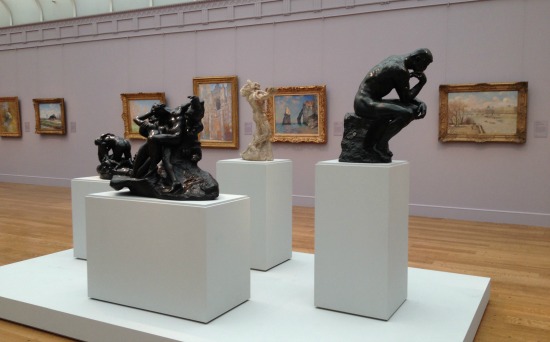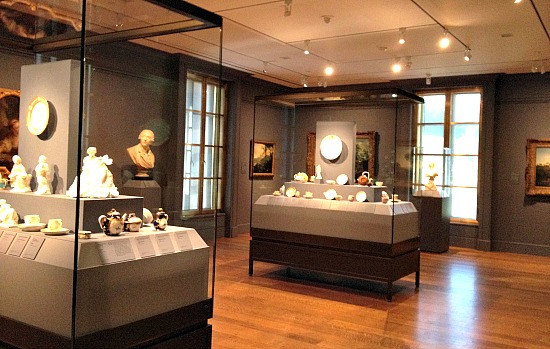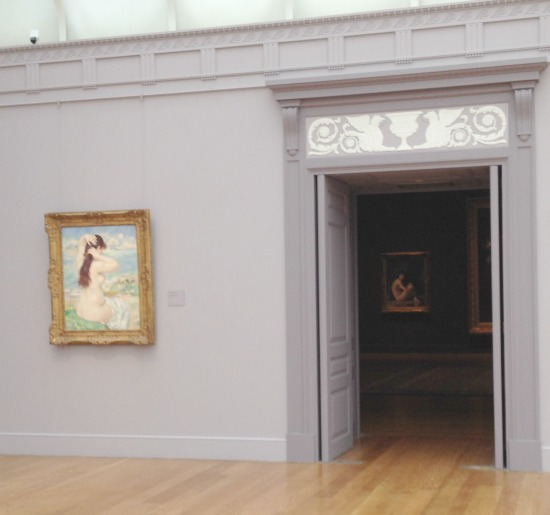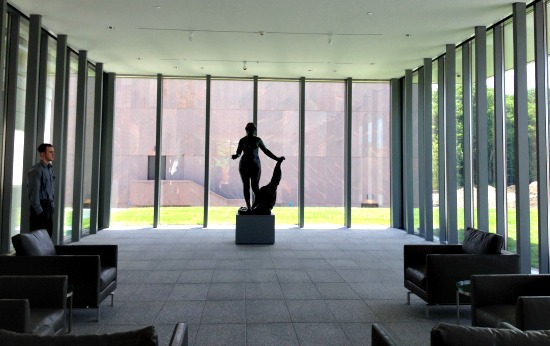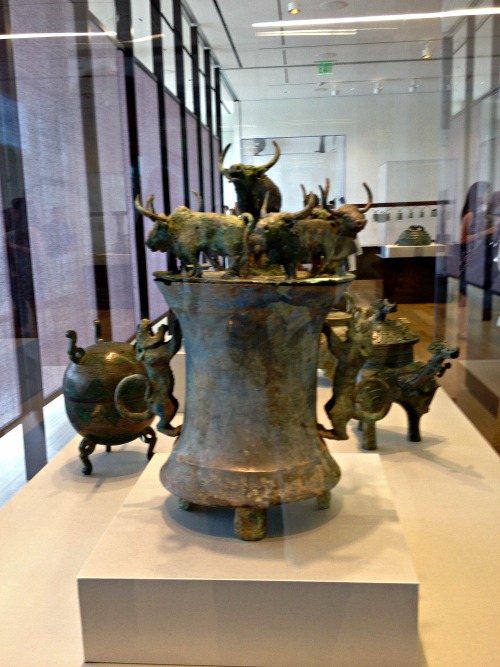In its sixth incarnation, ArtPrize–the open competition in which the public chooses the winners–is trying a new tack. Not only will experts also weigh in separately–as they have in the past–but also their choice will receive a grand award prize of equal size, $200,000, the same as the public. This is good, more about which in a minute.
This year, ArtPrize has 1,536 artist entries, drawn from “51 countries and 42 U.S. states and territories, exhibiting work in 174 public venues throughout the city.” Â (That’s down a bit from last year, which had 1,805 artists, coming from 47 countries and 45 states and territories and showing at 168 spaces.)Â The competition, for $560,000 in prize money, is open to any artist, and anyone who visit Grand Rapids to see the art may vote. Â
 I first wrote about ArtPrize in April, 2009, when hardly anyone at the national level was paying any attention. I stopped, moving on to other things or covering it only sporadically, when it got much more attention, possibly too much. The prize size had a lot to do with that, at first. Later, when the expert jury was added, the fact that “the people” had very different views about art than the jury of experts caught attention (and sometimes flack).
I first wrote about ArtPrize in April, 2009, when hardly anyone at the national level was paying any attention. I stopped, moving on to other things or covering it only sporadically, when it got much more attention, possibly too much. The prize size had a lot to do with that, at first. Later, when the expert jury was added, the fact that “the people” had very different views about art than the jury of experts caught attention (and sometimes flack).
So this year is another departure. ArtPrize opens tomorrow, with 19 days of voting to come, and a new “voting structure.” According to the release,
For the sixth edition, winners of the Grand Prizes for the Public Vote Award, decided by ArtPrize visitors, and the Juried Award, chosen by a panel of judges, will receive equal prize amounts, increased this year to $200,000 each. In addition to the Grand Prize awards, artists can also win in 4 categories: 2-D, 3-D, Time-based and Installation. The category winners are also selected in dual juried and public votes, with winners receiving $20,000 respectively for each category. A 5th category award will also be given to a curator for Outstanding Venue, decided by jury. In making the cash prizes equal across each category for winners of the public vote and juried vote, ArtPrize hopes to amplify and expand the conversation about the differences and similarities in the public’s and experts’ opinions.
It’s that last sentence that, I think, makes this a good move. In a way, a similar dynamic–though with experts alone doing the choosing–is playing out at Crystal Bridges Museum, where State of the Art: Discovering American Art Now has focused attention on artists outside the usual art-world centers like New York, LA and Chicago (though they were not excluded). So far, I’ve seen just two reviews (though there may be some local ones), which is disappointing.
But back to ArtPrize: As regular readers know, I am not a fan of crowdsourcing the choices of what to hang in an exhibition.  But I do think it has some validity when it is done side-by-side with experts, as when the Walter Art Center in Minneapolis did so with an exhibit called 50/50: Audience and Experts Curate the Collection. That was December, 2010.
We’ve come a long way since.
Last year’s ArtPrize winner, shown above, was Sleeping Bear Dune Lakeshore, by Ann Loveless, a quilt depicting a Lake Michigan scene.
You can see the members of the jury for 2014 ArtPrize and the voting schedule here.

